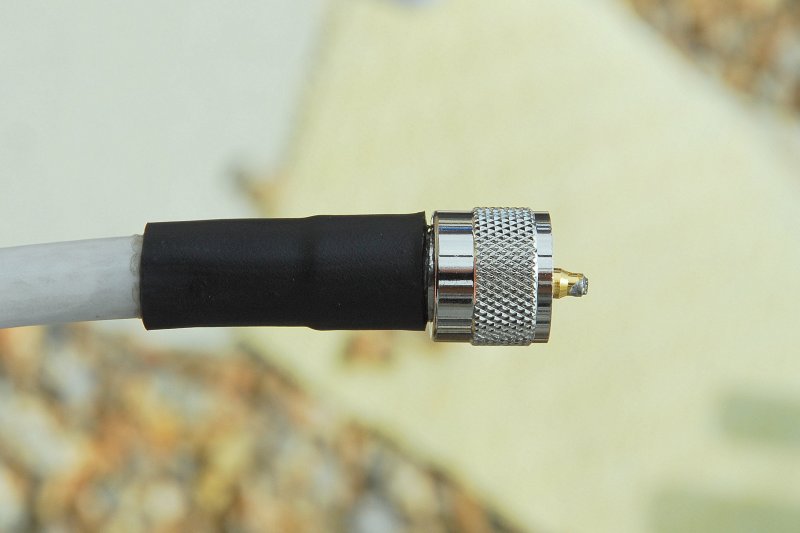Finally going to replace and move my VHF Radio from the pedestal to the navigation station inside the boat and use a remote mic at the pedestal. I put this project off because I didn’t need to, but now my VHF is done (actually the cable to the mic is done). Haven’t chosen the new radio yet so my options are open.
Has hard as I tried this morning, I could not find any markings on the cable that I can see.
My plan is to ”T” or use a switch into the connection inside the boat at the base of the mast. Run a new cable to the navigation station and mount the radio there. And use a remote mic at the pedestal.
I want to keep the existing cable and power intact should I, or someone, choose to put the radio back in the pedestal.
So I am looking to identify the Coaxial Cable installed in 2000. Can I use a better rated cable today and not loose signal strength to older cable if I “T” into the line? Not sure I can fit a switch into the area at the base of the mast inside the boat above the dinette table.
My run to the navigation station from the base of the mast is about 18 feet, given the twists and turns needed.
Thank you for the help.
Has hard as I tried this morning, I could not find any markings on the cable that I can see.
My plan is to ”T” or use a switch into the connection inside the boat at the base of the mast. Run a new cable to the navigation station and mount the radio there. And use a remote mic at the pedestal.
I want to keep the existing cable and power intact should I, or someone, choose to put the radio back in the pedestal.
So I am looking to identify the Coaxial Cable installed in 2000. Can I use a better rated cable today and not loose signal strength to older cable if I “T” into the line? Not sure I can fit a switch into the area at the base of the mast inside the boat above the dinette table.
My run to the navigation station from the base of the mast is about 18 feet, given the twists and turns needed.
Thank you for the help.
Attachments
-
363.1 KB Views: 86
-
406.4 KB Views: 91
-
421 KB Views: 98
-
274.3 KB Views: 89






